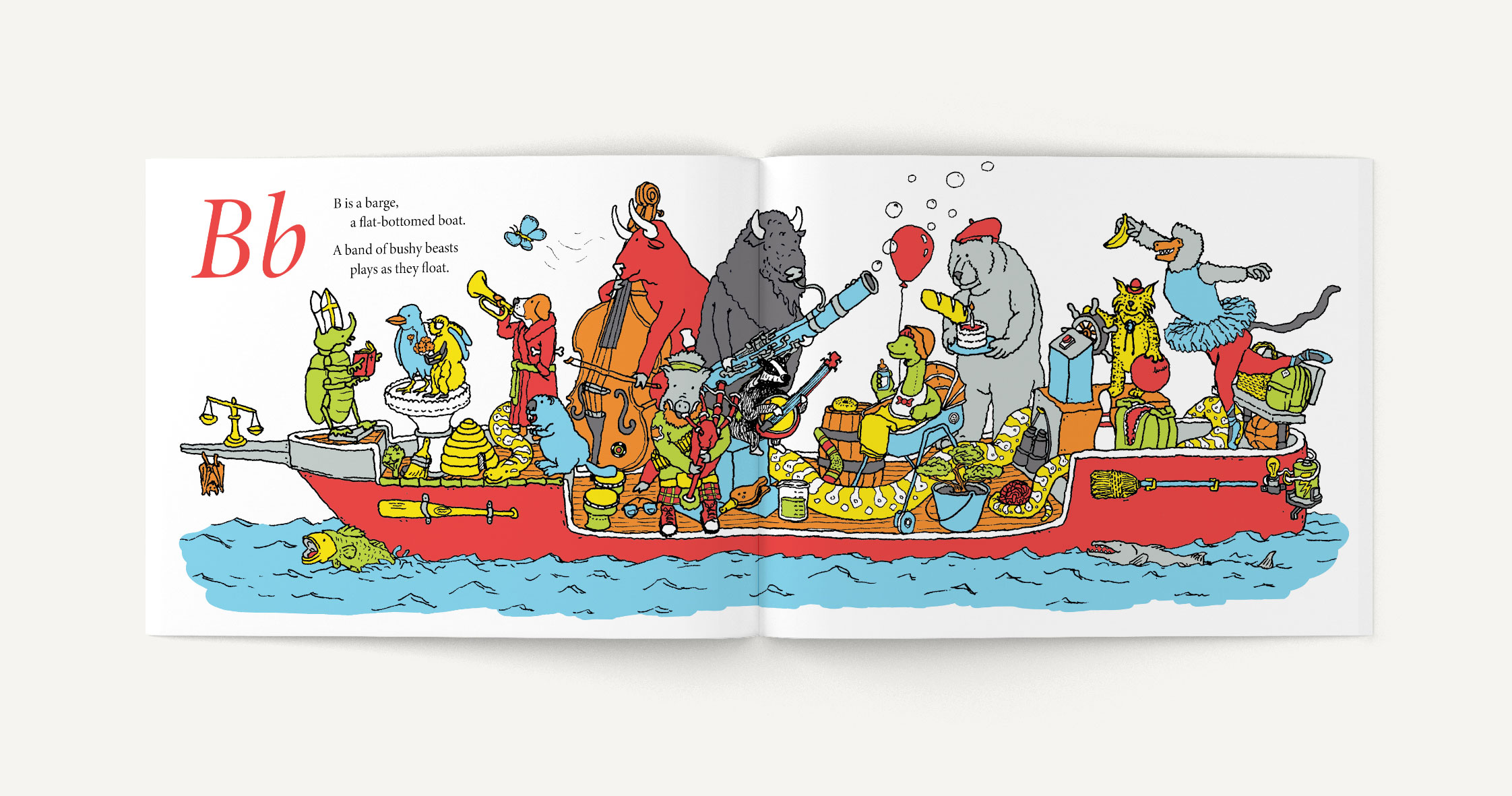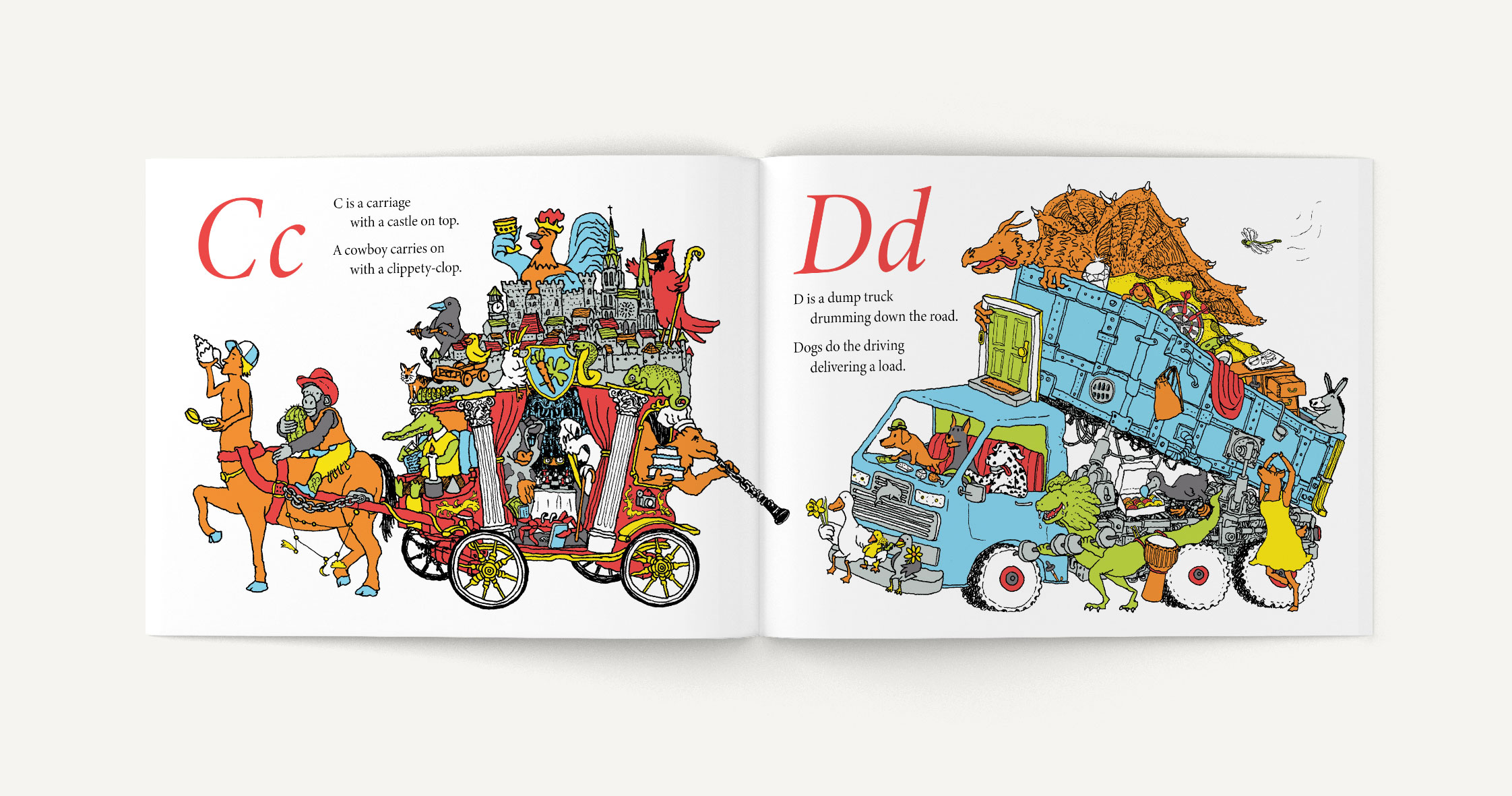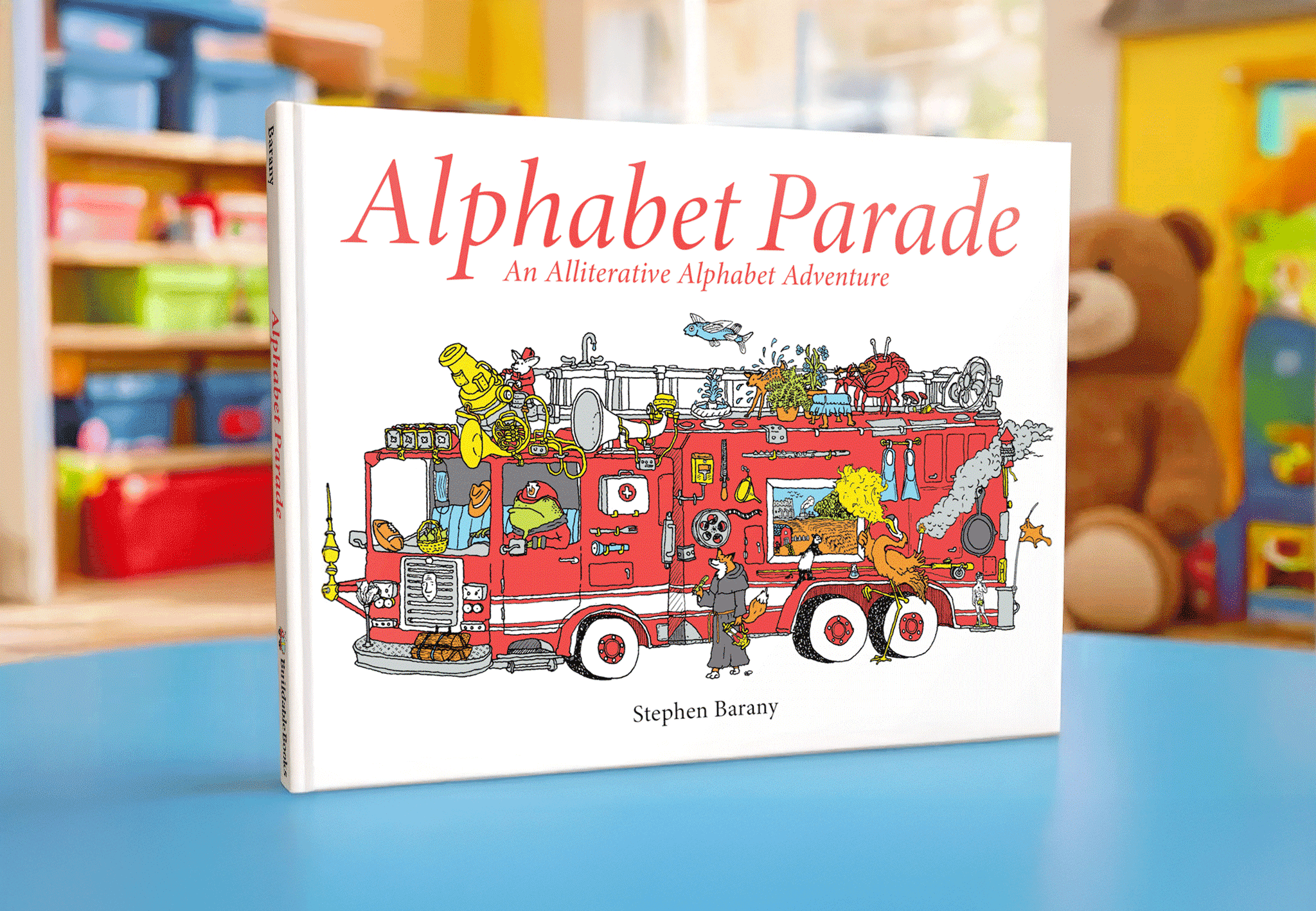Catholic Visual Arts Professor Creates ‘Alphabet Parade’| National Catholic Register
Self-published children’s book offers kids the opportunity ‘explore, to experience’ God’s creation — one letter at a time.
Stephen Barany is a visual arts professor at Holy Cross College in Notre Dame, Indiana, teaching graphic design courses and seminars. His new self-published children’s book, “Alphabet Parade: An Alliterative Alphabet Adventure, recently garnered a strong response on Kickstarter, blowing well past its modest $1,000 goal to earn more than $16,000.
Barany spoke with the Register about his philosophy as a Catholic artist and illustrator and why he believes his new book — though not immediately obvious as a “Catholic” work — is an expression of his faith and provides valuable “pre-evangelization” enrichment for Catholic families. The book is available for preorder now.
This transcript has been edited for length and clarity.
Tell us about your background and how you came up with this concept.
I went to school for illustration, and I think there’s a lot of potential and promise in producing children’s books. I think that’s how God’s calling me to serve him, so I’m doing my best to try that out.
This project is actually the fruit of my thesis work. The original iteration of this project had no words, and it was not a book. It was a series of 26 drawings … the biggest one is almost 4 feet long. I suspended them in this 10-foot-diameter ring that you would walk into. The idea is that [children] would walk into the alphabet, and it would be this communal experience. It would be [in contrast to staring at a phone] screen, which is a very solitary, private experience.

I graduated, got married, moved to South Bend, started teaching at Holy Cross. And then it was like, okay … I should do something with these drawings.
What was your inspiration for the illustrations and the eventual book?
Richard Scarry [American author of the “Busytown” series, among many others] was definitely an inspiration. There are some more traditional painters like Pieter Bruegel and Hieronymus Bosch, who painted these very dense, intricately detailed works of art; those were in the back of my mind.
Part of the inspiration for [Alphabet Parade] was thinking about God’s authorship of creation and that every little thing he made coexists within an integral whole. And that’s not to say I was trying to create this microcosm, or imitate God … but simply to say, I wanted to create something that imitated that signature of creation so that a child could realize, “Oh, this was created for me to be creative, to explore, to experience.”
Say more about how you view this book as an expression of your Catholic faith. What do you think Catholic parents will like about this book for their children?
In [Alphabet Parade], there are Catholic things. On the cover, there’s a Franciscan Friar Fox with a rosary, and on the “B” page, there’s a beetle bishop with a Bible, and he’s blessing a bird and a bee. So there’s Catholic stuff in there; that’s Layer 1 for me.
Layer 2: There was a 20th-century [philosopher] named Simone Weil who wrote a letter to students. In that letter, she encourages the students that the goal of their studies, the highest calling of their studies, is to develop their attention; not so that they can be captains of industry or better at some profession, but because attention is the substance of prayer. If we don’t have attention, we can go to the chapel, we can put ourselves before the sacraments, but our mind is just going to be on something else. We’re not going to prepare ourselves; we’re not going to be [mentally] in the presence of God.

So something like [my book prompts such consideration as] … is this book helping children to develop their attention? Is it helping them to develop their ability to communicate? Is it helping them develop their ability to be in communion … to make connections, to draw out meaning, to look for symbolism? All of these kinds of things are helpful tools that can move you forward on the path of your faith and a lot of other things, too.
My hope is that it’s almost like a fertilizer for the child’s mind and disposition, so that when it comes time for them to learn these skills of the faith, or be introduced to more of the factual or intellectual content, then the soil of their minds and their hearts is prepared in a particular way.
Talk about how you view your role as a Catholic artist. Do you have any advice for Catholic artists in today’s world?
Ultimately, I think we get too caught up in, “Oh, boy, Catholic art: It has to look like either Renaissance or Gothic art” … [which means] all you’re doing is you’re copying the fruit that God asked someone else to produce. And it’s unlikely that that’s also the fruit he’s asking you to produce.
There’s a paragraph in the Catechism of the Catholic Church [2501] on what art is. And one of the lines is: “Art is a freely given superabundance of the human being’s inner riches.”

To me, that blows open the doors for even what could be considered art. It’s a freely given superabundance of, basically, the gifts God has given you. … If you’re Catholic and you just feel really called to delight in crocheting, then delight in crocheting, and give that away. It doesn’t mean you have to give it away for free, but don’t let that just sit … it’s a gift to be given. That’s one of the definitions of a charism. It’s a gift to the Holy Spirit, given to you in particular, to be given to others.

